.
Sea Turtles and Malibu Rum in the Bahamas—The Beginnings of a Beautiful Partnership
By Heather Wilcox, Earthwatch’s Director of Annual Giving
As a fundraiser for Earthwatch, I spend most of my time reaching out to potential donors, tens of thousands of times each year. Most will go unanswered. Thankfully, I don’t take it personally. But every now and again, a potential donor searches you out. This rare turn of events is exactly what happened in early March when a mysterious woman with a Swedish accent called me from a bustling airport to discuss a new corporate partnership opportunity. Through the boarding call announcements, I learned that she represented Malibu Rum, which is produced in Barbados, and was in search of a nonprofit partner to support sea turtle conservation in the Caribbean. Their goal was to send a film crew to record our work and then promote it through social media, including an Instagram fundraising challenge where they hoped to raise $100,000. Malibu had shortlisted Earthwatch as one of a few potential charities.
“$100,000 U.S. dollars?” I remember asking, still in disbelief that such a huge opportunity was now at our fingertips. “Yes, U.S. dollars” she laughed. “Does this sound like something Earthwatch would be interested in?”
“Absolutely!” I replied, still waiting for the catch. “Wonderful” she said. “Because of staff scheduling we are working with a pretty tight window right now… we will need to have filming wrapped by the end of the month.”
Ahh… there it is, I thought. There was no way a small and stretched nonprofit like Earthwatch could orchestrate the myriad of details that would need to go into this in just a few weeks… could we? As it turned out, in a wonderful aligning of the stars—we could! Our Tracking Sea Turtles in the Bahamas expedition wouldn’t have teams in the field at that time; lead scientist Annabelle Brooks was available and willing to go on camera; the research lent itself well to accommodating a small film crew; and, most importantly, I work with an amazingly talented, motivated, and passionate team that was willing to unilaterally prioritize this effort to make it happen. About a week later, Malibu let us know that Earthwatch was their clear top choice for partnership, and so began my first whirlwind adventure as part of a location video shoot.
.
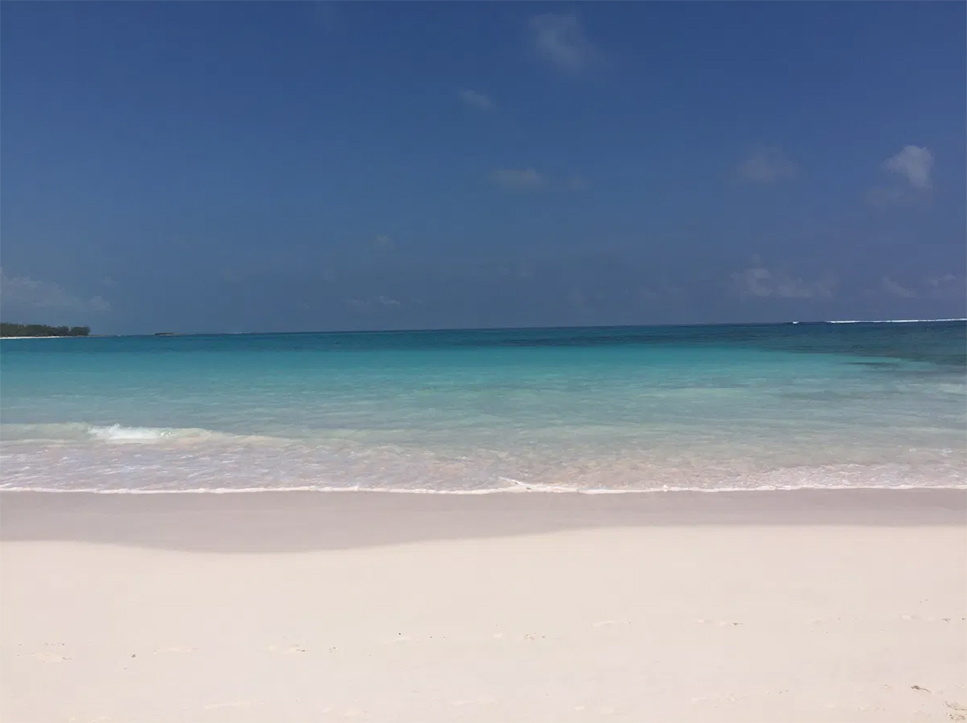
One of the beautiful beaches of Eleuthera.
.
Being sent to the Bahamas for work may sound glamorous, but my daydreams of leisurely meals at beachside cafés quickly vanished when I saw the production schedule: one day to scout, one and a half days to film, four locations, 10–14 hour days with little room for error. Any lack of cooperation by the weather or our flippered friends would cost us the shot. The pressure was on.
Eleuthera, a gorgeous 100-mile long island in the Bahamas, is a fabulous place for leisurely vacations when you have no place to be, but can be challenging when you actually have four places you need to be before losing the light. Marine shoots, I learned, are driven by the angle of the sun and the direction of the tides, since both will impact shot quality due to shadows, turbidity, and glare. Eleuthera’s roads are narrow and rough, internet/cell coverage is spotty, and our “small” crew—with Annabelle and her researchers, multiple camera operators, an underwater dive specialist, sound technician, producers, account managers, talent, assistants and yours truly—numbered close to 30. We literally needed a bigger boat for Day 2. (Thank you to Cape Eleuthera Institute for so graciously providing one in a pinch!)
Fortunately, both the weather and the sea turtles were amenable, and we were able to capture 8 juvenile green turtles for monitoring. I got the chance to participate in this process and let me tell you, it’s not easy to catch a turtle! The process requires a half dozen or more people wading out to waist deep water with a very long, easily snagged or tangled, and quickly-filled-with-seaweed-and-getting-heavier-by-the-minute seine net. You need to move quickly but quietly into a D-shape, and once everyone is in place, you begin walking towards the middle, splashing as much as you can along the way, in order to drive the turtles to the center and close off the net behind them.
Then the real fun begins—trying to grab the turtles as they effortlessly zip through the water and turn on a dime. Let me tell you—turtles are FAST. The best move to catch them when they go by resembles a belly flop that I am sure is highly amusing to watch from the beach. Turtles are also incredibly STRONG, even on their backs. I struggled to hold one especially feisty turtle still after bringing him to shore. Turns out he was a newbie who hadn’t been tagged before and was not going to go quietly: he got in several good slaps and tossed a flipper-full of sand into my face before settling down.
.
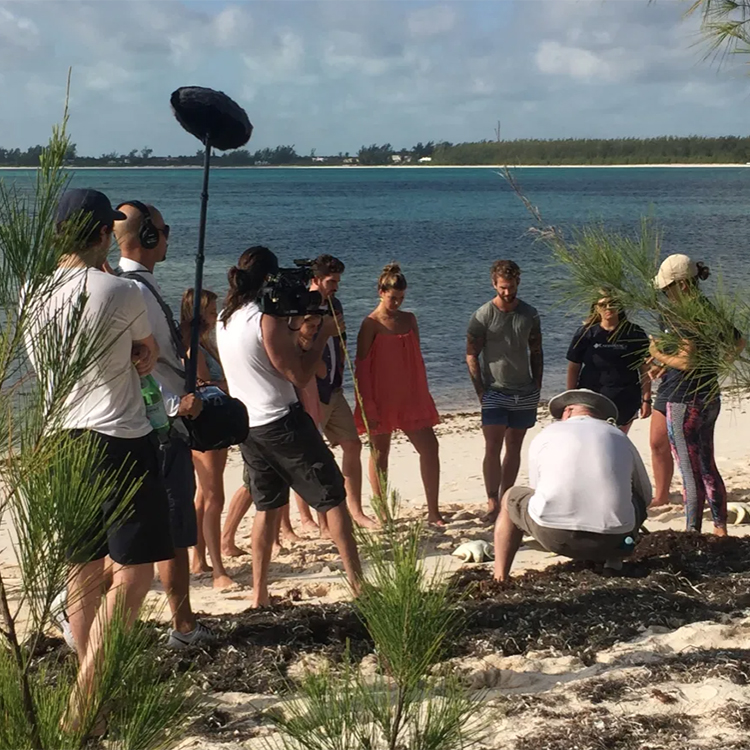
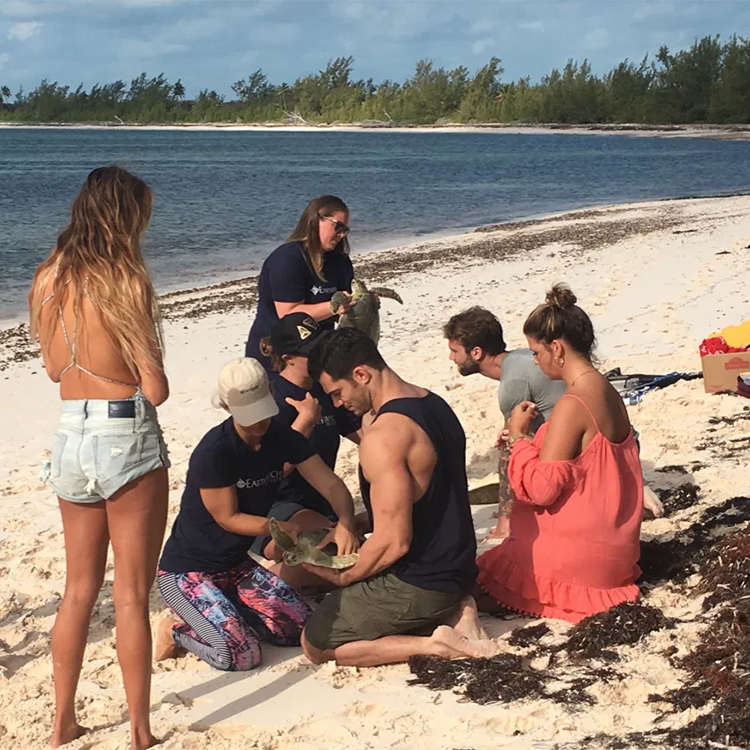
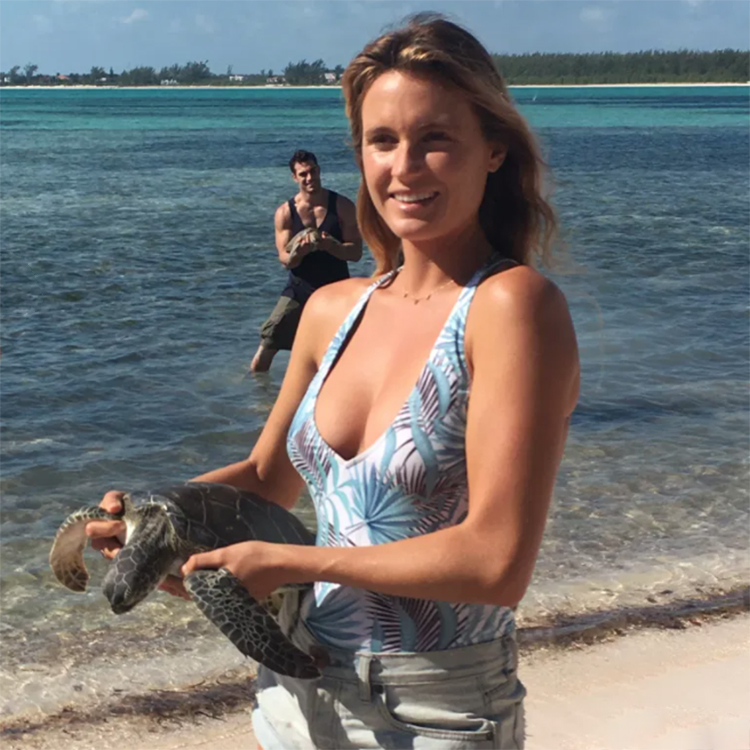

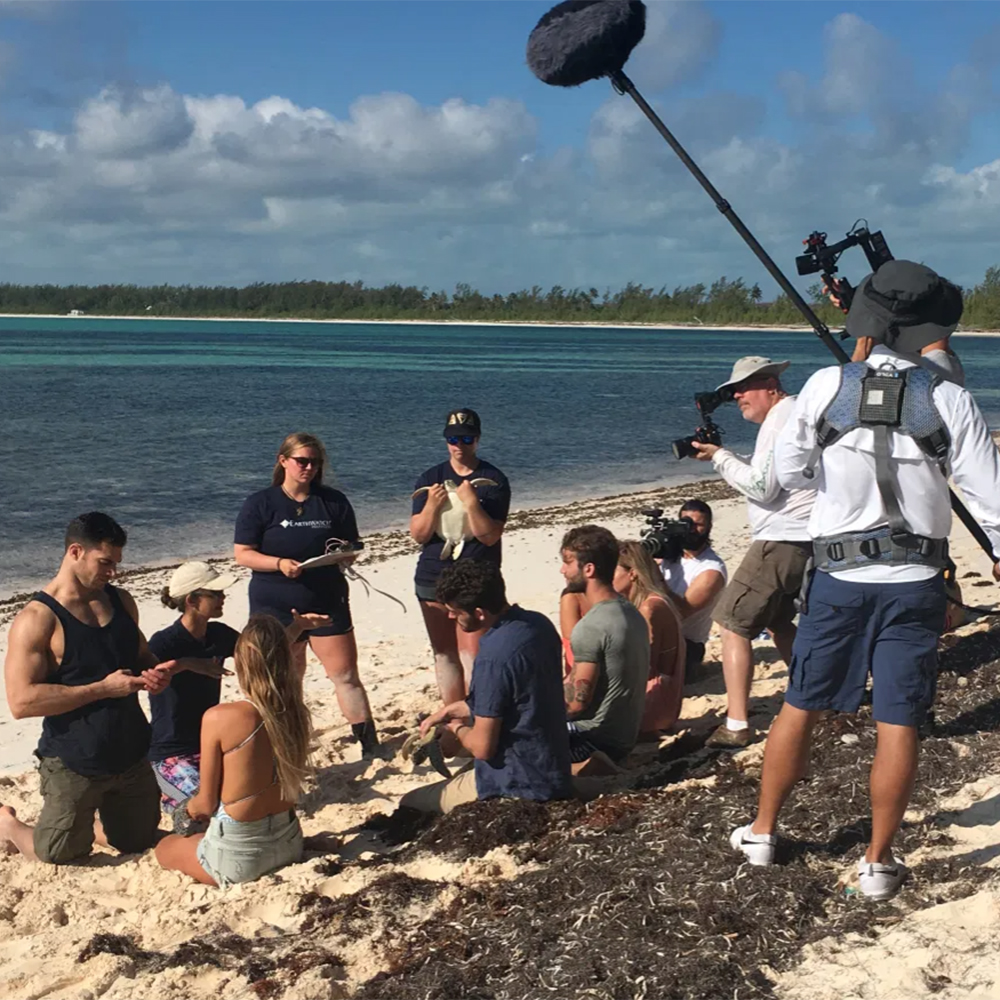
.
After wrapping the first day, I learned that it takes about four hours of footage to produce a 90-second video. I was amazed at how much time and how many people went into making something so seemingly simple happen. It reminded me of Earthwatch, actually. Starting with our Boston office of about 40 staff, plus the researchers and staff on the ground, and then all our volunteers, you’re looking at one hundred people or more per year and thousands of man hours in the field per expedition to capture the data we need to make a difference. Some projects will run for several years before enough data is collected to be able to inform scientific papers or policy recommendations. And some projects, like our Costa Rican Sea Turtles expedition, will run for decades and we’re still learning. Two years ago, two leatherback turtles who were tagged in our first year of monitoring in Costa Rica—in 1993—returned to Playa Grande to nest.
This heartwarming story gives us hope of recovery for the critically endangered Eastern Pacific leatherback, and indicates that the protective measures Earthwatch helped implement over 20 years ago are working. It also underscores the powerful role that Earthwatch’s long-term research projects play in conservation. Sometimes decades, careers, even lifetimes are needed to ensure measurable progress. There are no “quick fixes” in conservation, and Earthwatch’s time-tested model enables us to go this distance, no matter how far.
I’m happy to say that the rest of the shoot went according to plan (mostly), and the next morning, our international team scattered back across the globe, departing as abruptly as we had descended on sleepy Eleuthera. Everything happened so fast that I barely snapped any pictures.
.

Heather (center) with the team of Malibu influencers.
.
In true Earthwatch form, I returned home with a wildlife experience I could not have gotten anywhere else, new friendships, and treasured memories that will last a lifetime.
.
Malibu’s fundraising campaign in support of Earthwatch launches June 16—World Sea Turtle Day. To get involved, or to learn more about Earthwatch’s 45-year history of sea turtle conservation, visit our website, and follow us on Instagram and Facebook to get the latest updates.
.
Sign up for the Earthwatch Newsletter
Be the first to know about new expeditions, stories from the field, and exciting Earthwatch news.